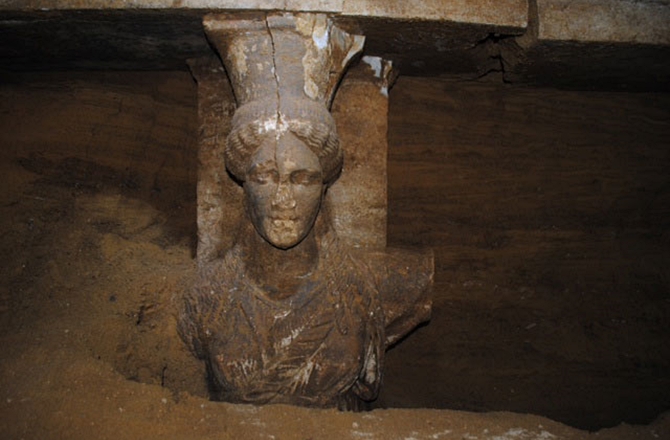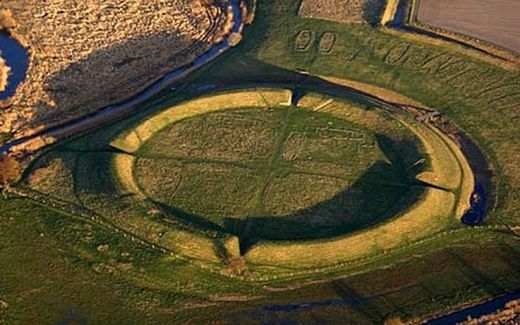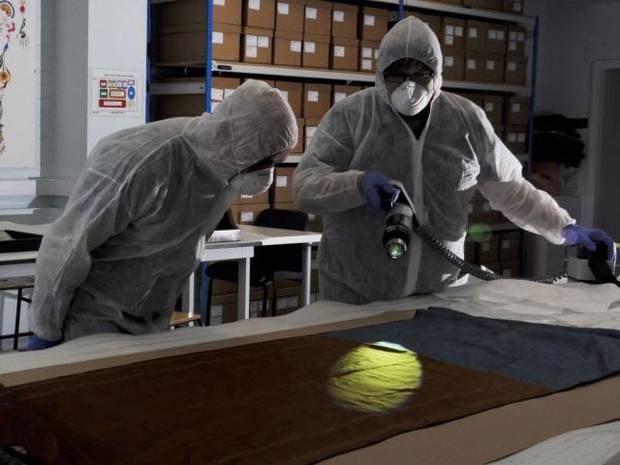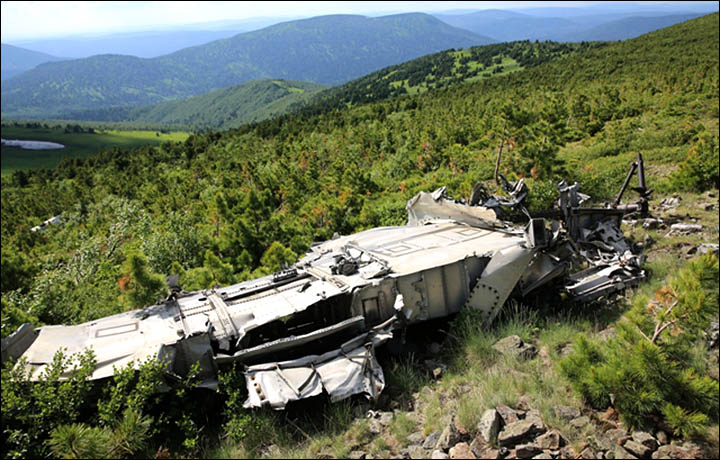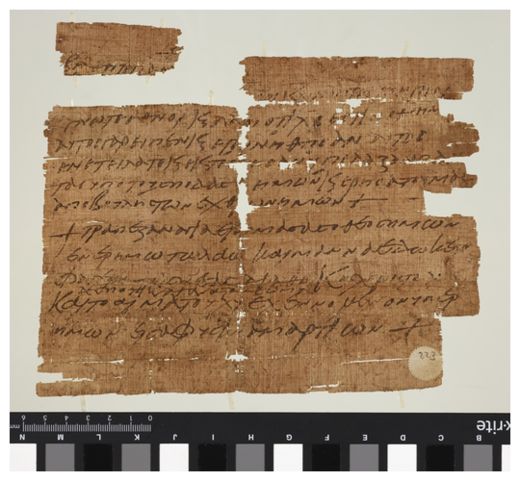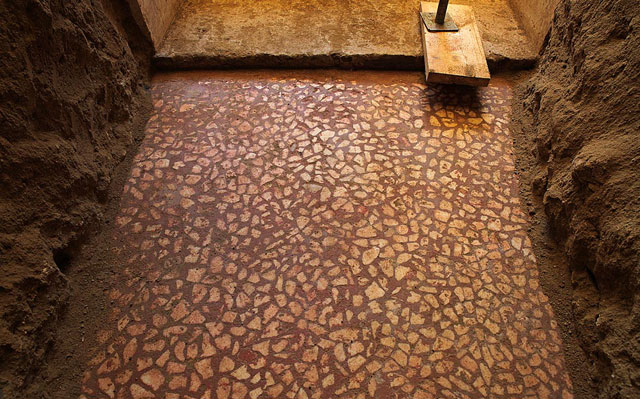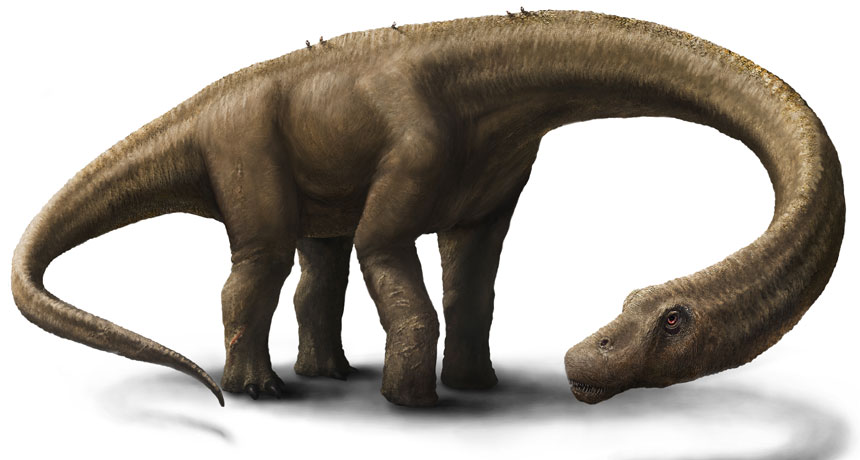
© Lacovara et al/Scientific Reports 2014SUPER SIZED A plant-eating dinosaur named Dreadnoughtus schrani has claimed the record for most massive land animal discovered to date.
A newly discovered dinosaur species makes
Tyrannosaurus rex look like a munchkin. The towering behemoth, which stretched a bit longer than a 25-meter swimming pool and as tall as a two-story building, weighed about 59,000 kilograms - more than seven
T. rexes. And the animal was still growing,
researchers report September 4 in
Scientific Reports.
Though the creature dined on plants, its brute size and burly tail made it more formidable than any meat eater. It may have even lived up to its name. Dubbed
Dreadnoughtus schrani by its discoverers, paleontologist Kenneth Lacovara of Drexel University in Philadelphia and colleagues, the animal's genus name comes from Old English for "fear nothing."
Dreadnoughtus lived 66 million to 84 million years ago, during the Late Cretaceous period, in what is now Argentina. It is the largest land animal reported to date. Researchers have dug up other massive dinosaurs before, but those animals' fragmentary remains made their sizes hard to estimate.

© Lacovara et al/Scientific Reports 2014BIGGEST BEAST Dreadnoughtus schrani, a dinosaur dug up in Argentina, had thigh bones about as tall as a person. The fossil bones found are shown in white.
